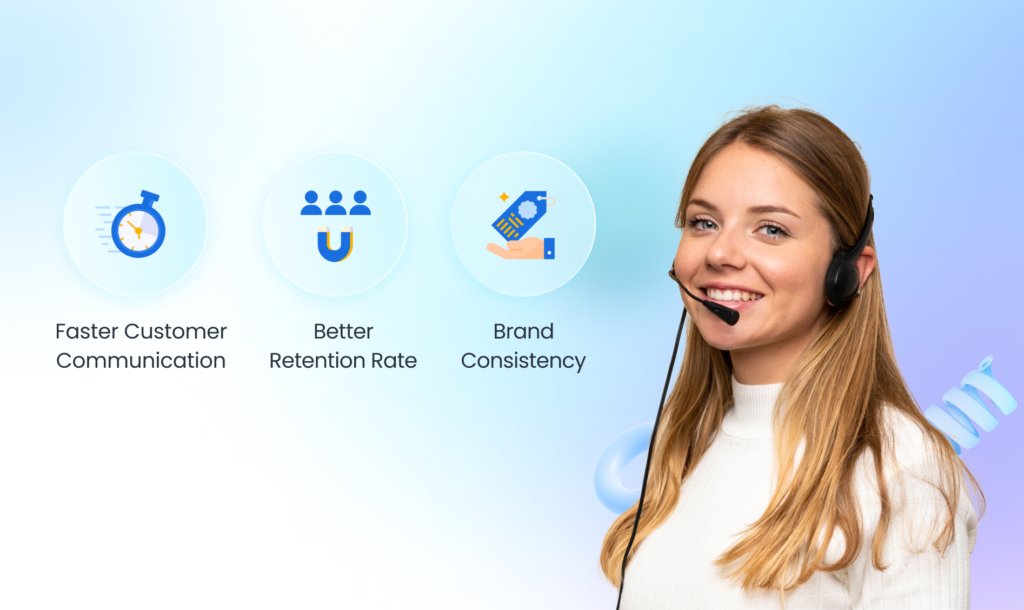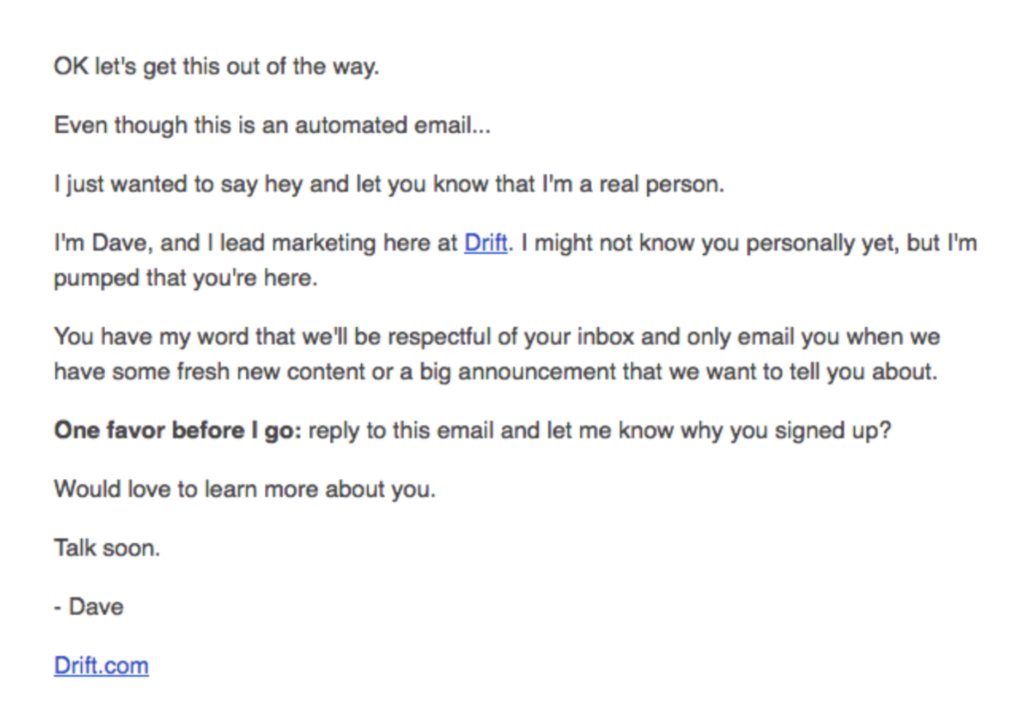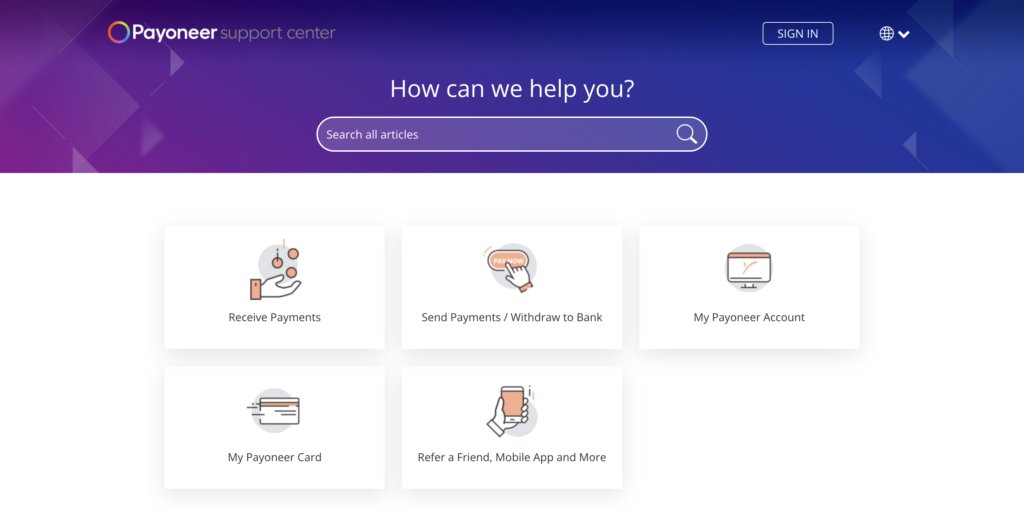The Complete Guide to Customer Communication (+ Examples and Best Practices)

Table of contents
Five years ago, no one expected Salesforce to be on TikTok. The platform seemed like it was only for dancing Gen Z kids — not serious B2B software companies.
Today? Salesforce posts on TikTok and has over 1,000 followers. Customer communication norms are constantly changing, so it’s necessary for support leaders to regularly examine how they communicate with customers and determine if their approach needs adjusting.
To help, we’ve outlined why being strategic about how you communicate with customers is so critical, along with examples of engaging customer communication and tips to improve your own messaging.
Table of Contents
- What Is Customer Communication?
- Why Is a Customer Communication Strategy Important?
- 3 Examples of Great Customer Communication
- Best Practices for Customer Communication 2025
- Level Up Your Customer Communication Efforts With Hiver
What Is Customer Communication?
Customer communication refers to brands exchanging information with their customers across various channels. Typically, customer communication skills are important for support, marketing, and sales teams.
But with changing times, everyone in a company has a part to play in engaging customers. Which is why today’s business leaders emphasize company-wide responsibility as a fundamental building block to delivering memorable customer experiences.
Why Is a Customer Communication Strategy Important?
We don’t need to tell you why customer communication is important — how else would clients find out about your product?
Support leaders know that they need to connect with customers, but many aren’t planning that communication beforehand. They ask agents to help customers on whatever channels their team can support, putting out fires wherever the need arises.
If you haven’t already, it’s time to form a customer communication strategy — a plan around how your support team exchanges information with customers. This switch from a reactive to proactive customer communication style will align team activities, improve resolution time, and aid retention.
1. Unifies Brand Messaging
A customer communication strategy is a good way to harmonize your brand tone and look across channels. The strategy will explain how to use your logo, font, colors, and voice in different contexts — like social media or email newsletters. This uniformity helps customers to easily identify your brand anywhere in today’s highly saturated content world.
Besides aiding recognition, brand consistency boosts customer relationships. The service experiences you give customers make up their relationship with you — along with a great offering, of course. With a customer communication management plan, clients will know what to expect every time they connect with your company.
Zappos is a leading shoe and clothing retail brand, and their customer communication is equally top-tier. Anyone who contacts their team knows exactly what to expect: unlimited customer call times, 24/7 human support, a 365-day return policy, and other key customer service strategies.
2. Speeds Up Customer Communication
If every support agent fixes issues their own way without any assistance or tools, you can bet that some customer interactions will be lengthy and ineffective. And at the same time, almost 50% of customers expect responses from brands in less than four hours, according to a study by SuperOffice.
Your support reps will serve customers more quickly — without compromising on quality — when they have and follow a plan for:
- Communication channels. A strategy that outlines the platforms your customers use lets you focus on connecting with them there. Your attention won’t be divided trying to be present on all possible customer communication platforms, and you can commit to response time benchmarks on the few channels you decide to be present on. This focused approach is crucial for improving call center metrics, which will help you provide exceptional customer experiences.
- Agent workload allocation. With a solid plan for dividing workload among — either based on skillset or availability, you’ll resolve support tickets on time. Say customers need help with an app integration. Since you know that technically skilled agents are best able to handle niche requests quickly, your strategy can include allocating such requests to agents with expertise on your tool’s integration capabilities.
- Preset responses. If your strategy includes a knowledge base that has answers to the most common customer queries, agents can use these templates whenever a frequently asked question (FAQ) comes up, allowing them to respond faster. Beyond FAQs, a plan that involves setting up the answers as auto-responses will empower support reps to quickly help customers.
- Difficult client management. A plan that defines internal steps for handling difficult customers will ensure that agents don’t get stuck on challenging tickets. For example, your strategy can instruct junior reps to escalate critical or sensitive conversations to more experienced agents, so they can promptly address the issue.
Wistia is one company that is known for its great customer support. Their initial communication strategy supported phone calls. But to reduce the strain on their small team and maintain support quality, Wistia removed the phone number from their website.
This strategy shift may seem counterproductive because it could have led potential customers to think the company didn’t want to be contacted. But the video-hosting platform fixed this by providing live chat and email support to site visitors. And in the long run, the change helped Wistia limit phone conversations to trial customers and existing customers — providing faster, scalable support.
3. Aids Customer Retention
Great service attracts repeat customers, while poor experiences discourage them from interacting with your brand . A communication strategy that ensures TCPA compliance is essential for maintaining and retaining meaningful relationships by outlining processes around collecting and organizing customer feedback.
With feedback collection steps — like customer satisfaction (CSAT) polls, comment boxes and social listening — throughout the customer journey, you’ll discover what they like or dislike and adjust accordingly.
As we explained earlier, your agents will know how to respond, follow up, and fix issues — enabling them to resolve tickets quickly and inspire customer loyalty. Once you meet customer needs by attending to them quickly and implementing their feedback, they are more likely to keep buying from you.
In terms of building a customer-centric brand, Glossier is one company that leads the way. Glossier’s customer service team focuses on gathering and replying to customer messages and comments across channels — including social media and email. According to their CEO Emily Weiss, the makeup brand uses crowdsourced opinions to improve its offerings and attract and retain customers.

3 Examples of Great Customer Communication
Great customer communication is an art. Each of these brands takes varying approaches to communicate with consumers, but one thing they have in common is their clear understanding of customer expectations.
1. Drift: Crafts Catchy Emails
While many software companies use email for customer service, the chatbot software Drift goes a step further by staying true to its focus on conversational messaging.
The company’s emails typically look like a conversation between friends. Unlike a standard marketing automation email, the informal tone of phrases — like “I just wanted to say hey” and “You have my word” — in the example below makes readers feel like a real person is talking to them.

By adding a personal touch to messages, Drift has endeared its brand to existing and potential customers.
2. Payoneer: Provides Self-Help Resources
Customers today expect faster support from brands, and self-service options give them just that.
Financial services company Payoneer knows the value of helping its customer base independently find quick solutions to technical issues, and so the brand offers a knowledge base and a support chatbot on its website.

Beyond self-help resources, Payoneer’s social media presence helps it build trust with consumers. On Twitter, for instance, the brand responds to mentions quickly via its customer care handle and closes out conversations in the DMs (direct messages).
3. Neat: Anticipates Customer Wants and Prepares for Them
Bookkeeping software provider Neat makes its customers feel welcome and supported — whether they’re looking to buy a subscription or simply learn about small-business growth and freelancing.

Neat uses live chat on its website for proactive customer engagement — potentially generating leads, upsells, or cross-sells. The brand also provides 11 daily support hours and a 24/7 chatbot with predefined questions (and automated knowledge-base responses for customers).
Best Practices for Customer Communication 2025
It’s easy to Google ways to improve customer communications. But finding actionable steps you can start taking right now? Not so simple.
You need commitment and thorough research to select the right tools and resources. But it is worth it because you’ll save money and time on inefficient systems and processes. Use these tips as a starting point.
1. Choose a Collaboration-Friendly Help Desk
Companies use help desks to communicate with customers. And ideally, your team’s help desk should reduce stress for agents. Seek out software that supports and simplifies agent collaboration with easy-to-navigate user interfaces.
Hiver is a Gmail-based helpdesk that lets you and your agents:
- Tag a colleague or manager into a conversation thread. With this feature, agents can ask team members questions and gain clarity on issues before responding to customers.
- Share a response draft with teammates. With this functionality, agents can get feedback on ticket replies from colleagues before sending them – to give the best possible answer to an issue. This feature also reduces ticket resolution time because agents won’t need to send separate emails to each other for advice.
- Track agent performance. By looking at help desk reports, you can tell which agent is most active, has the best first response time, or even the highest CSAT score. This visibility helps you with performance appraisals, workload adjustments, promotions, and more.
Hiver requires minimal effort to master because it sits inside Gmail, so your team can start using the tool right away.
2. Set Brand Voice Guidelines for Agents
Customers should be able to differentiate your brand’s support experience from competitors. Established brand voice guidelines will provide a standard for agent communication that helps people remember your company — and know what to expect from your support team.
A customer service style guide will help you get both new and seasoned agents up to speed quickly. This Beacons Point article outlines four factors for creating a successful brand voice:
- Tone and language. Define your tone based on your company type and positioning. It could be witty, humorous, formal, positive, inspiring, or powerful. And in terms of language, your overall disposition to customers should be emphatic so they can be comfortable interacting with your brand.
- Writing style. Lay out guiding principles for writing different types of content — like SaaS content writing, legal or email — and talking about your brand or people in general. Your goals for legal content could be to keep it accurate, simple, and short so people will easily understand it. And when writing about people, you could prioritize compassion and respectfulness.
- Writing for your target audience. Outlinethe way you plan to address and interact with your existing and new customers. When defining how you’ll craft messages, consider the channels your target audience spend their time and the language that appeals to them. For instance, Gen Zers may appreciate internet slang like “giving” or “woke” on Twitter, while corporate B2B-type audiences might find that cringe.
- Expressing core values. Write down and explain your company’s core values or principles — like social responsibility, diversity and inclusion, empowerment, or others.
It’s also important to detail how these values should influence your customer-facing messages across various channels.
3. Prioritize Employee Engagement
There is a direct correlation between happy employees and great customer service communication. According to this Power2Motivate report, “people who are committed go the extra mile and ensure the customer has the best possible experience.”
Improve employee engagement by offering perks like health insurance, paid time off (PTO),or wellness stipends. Also, conduct periodic engagement surveys so you’ll get feedback on employee pain points and ways to enhance working conditions for team members.
Southwest Airlines motivates employees by treating them well and putting them before profit-making. The airline gives weekly shoutout to employees who deliver good customer support and shares examples of empathic conversations in internal company videos. During the pandemic, Southwest did not lay off employees or cut anyone’s salary. Instead, the aviation company used profits from the previous year to sustain itself.
4. Gather Customer Feedback
To continuously improve your communication and drive engagement, collect customer feedback. Run an automatic CSAT survey after support interactions across touchpoints — like email , live chat or digital business cards with customer care contact details
When you track the CSAT metric, you’ll have the data to improve your support processes accordingly. Say you find out that a particular agent has low CSAT scores. You can dig deeper to uncover why — probably, the agent typically responds late or inattentively. Or maybe the rep focuses on technical issues, and there’s a broken product feature that has been disrupting user experiences. Whatever the problem may be, fixing it will help you communicate with customers better. You can use a caption call app that transcribes and records conversations in real time, which you can further analyze to find areas of improvement.
Also, prioritize real-time social listening to find, respond to, and influence what people are saying about your brand online. Use tools like Hootsuite or Sprout Social to automate your social media monitoring activities. You could also use tools like an Instagram scraper to evaluate customer engagement, and benchmark your results against competitors.
Level Up Your Customer Communication Efforts With Hiver
You’re all set with tips for launching effective customer communications. But you might be wondering, what exactly should I do first? And how do I use resources optimally?
Find a customer communication tool that is user-friendly and easy to implement. If you’re unsure about an app, look into its pricing options and take advantage of free trials. Our customer service software, Hiver, is a good place to start. The app enhances your Gmail so you can communicate with customers without hopping from one tool to another.
Generally, customer communication is key to driving revenue. Use this guide to improve the process within your company!

































